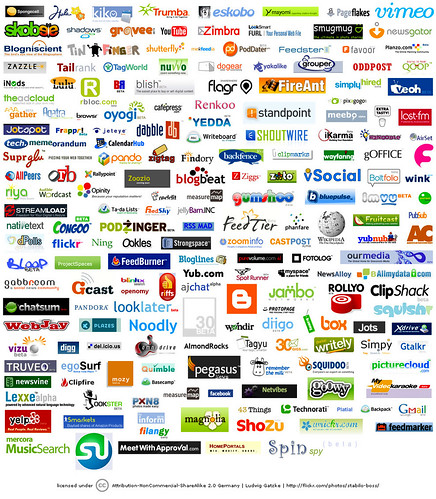As I reflect on the many things I learned throughout this course remediation comes to mind over and over. Oral literacy played a prominent role in society for generations, even though it had its downfalls. The development of the written word took many more generations to create and spread throughout the people of the world (some are still struggling to teach it, today). The development of the printing press was a huge step in speeding up the printing process and educating the world (see Bolter, 2001). Now, we are moving away from the codex book to hypermedia and the e-book. This shift continues to have its challenges as it is in the early stages. Postman (1992) warns users to be careful when using technology and to watch out for “technopolies” which may control our lives if we allow them. Constant remediation is happening as technological innovation and development take place. The web and hypertext have allowed readers to be visitors to a text, not just readers alone (Kress, 2004). Multiliteracies (New London Group, 1996) are creating horizontal relationships of teamwork instead of the Fordian top-down management style. History teaches that the remediation of print is constantly at work, ebbing and flowing with new inventions and the collaboration of ideas. History also teaches us that there is always some resistance and scepticism when change is occurring. Now, we teach 21st century literacy skills to our students, using many different technologies and ideologies. I hope we can keep our technological past in mind as we strive to move forward into the future.
Web 2.0 tools
As mentioned by Sherry Turkle in a TED talk that was shared by the group, and in her book Alone Together (2011), we learn that we are in a new era, with change happening at an alarming rate. As teachers, we are the professionals that judge what tools are best for our students and then have the responsibility to teach them the skills to use the tools and model adaptations to change as it occurs. To help us there has been some research done on how to go about judging educational technology. Bates and Poole (2003) adapted a framework to help us think about and judge our use of technology, especially in today’s classrooms. Through careful consideration and a pinch of scepticism within us, we can use the best tools to move forward. We now live in a Web 2.0 world where students use social media every day outside of school, but are often not allowed to in school. As research draws out the benefits and downfalls of “screen time” and technology use we sit in limbo, waiting to be told what to do. Ken, in commentary #3, points out that Web 2.0 technologies make storytelling unpredictable, making the story more interesting and engaging for readers. As we add these tools to our teaching practices we can reengage students in their learning, helping them be creators, not just vessels waiting to be filled with information.
I appreciate the history lesson learned throughout this course. I am reminded of the many tools we use to communicate. I have gained a new appreciation for oral literacy, especially as I have been raised mostly on pen and paper, with a mix of hypertext in my schooling. The new Web 2.0 tools seem to be returning to our roots where everyone gets a chance to share and be heard. Some people continue to struggle with the technological change that we are experiencing. To quote Doug in commentary #1 on indigenous people, “Losing their language is more than losing the ability to converse in their native tongue; it also threatens the existence of their culture.” I believe we can use the tools we have now to save language and culture through collecting and sharing artifacts, visuals and by creating circles of influence through social media. As a people we will never return to where we were in the past but we can choose what pieces of the past we take with us to the future.
From the invention of the telegraph to the e-book, we are intrigued by new technology and ways of communicating. Technological determinism is adopted by some people as others hold on tightly to the past. As teachers of future generations I see it as our challenge to seek out the best learning tools and share our findings with those we have a responsibility to teach. This course has reconfirmed to me that everyone is different and multimodal, there is not just one way to teach a concept, and the future is full of change. May we have the wisdom and courage to embrace the things that need embracing and let go of those things that don’t.
Dennis
References
Bates, A.W. & Poole, G. (2003). Effective teaching with technology in higher education: Foundations for Success. New York. Wiley, John and Sons Incorporated. P. 75-105.
Bolter, J.D. (2001). Writing space: Computers, hypertext, and the remediation of print [2nd edition]. Mahwah, NJ: Lawrence Erlbaum.
Kress, G. (2005). Gains and losses: New forms of texts, knowledge, and learning.” Computers and Composition. p. 5–22.
Postman, N. (1992). Technopoly: The Surrender of Culture to Technology. New York. Vintage. p. 3-20.
The New London Group. (1996). A pedagogy of multiliteracies: Designing social futures. Harvard Educational Review. 66(1). p. 60-92.
Turkle, S. (2011). Alone together: Why we expect more from technology and less from each other. New York: Basic Books.



